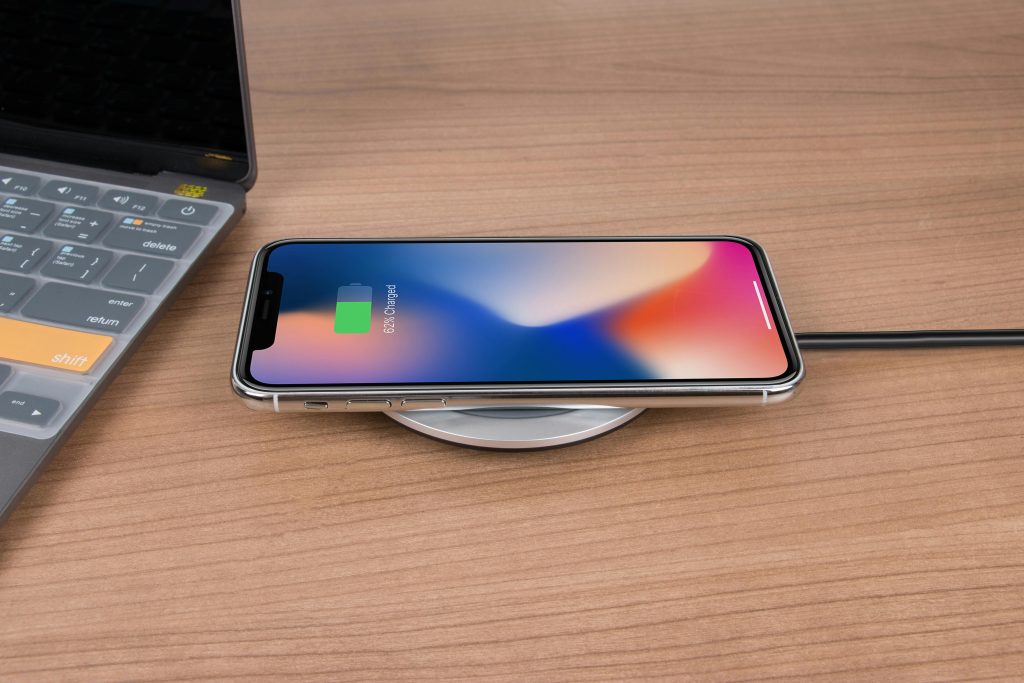Optimizing CCleaner Cloud: Customizing Folder Deletion During Profile Cleanup
In the realm of IT management and system maintenance, automation tools like CCleaner Cloud play a crucial role in ensuring systems are kept clean and optimized with minimal manual intervention. However, users often encounter nuanced challenges when attempting to tailor cleanup profiles to their specific needs. One common inquiry relates to customizing the deletion of entire folders and their contents during scheduled cleanup profiles.
Understanding and Configuring Folder Deletion in CCleaner Cloud
Scenario Overview:
An IT administrator aims to configure CCleaner Cloud to automatically delete the contents of a specific folder, along with the folder itself, during profile execution. The goal is to streamline cleanup processes by removing unnecessary files and directories without manual intervention.
The Challenge:
While setting up the cleanup profile, the trigger executes as planned; however, the targeted folder and its contents persist post-cleanup. Further, when editing the inclusion settings for that folder, the configuration keeps reverting to “include files only,” ignoring the desired setting of “include files, subfolders, and the folder itself.”
Potential Causes and Troubleshooting Tips:
- Default Settings Overrides:
-
CCleaner Cloud’s inclusion rules can sometimes default to specific options. Ensure that after selecting the preferred inclusion method, you save the configuration properly. Double-check that the change persists after editing.
-
Profile and Exclusion Settings:
-
Verify that no conflicting rules or exclusions are overriding the folder deletion. Check the overall profile settings to ensure no higher-level rules prevent the deletion of folders.
-
Version and Compatibility:
-
Confirm you are using the latest version of CCleaner Cloud, as software updates often include enhancements and bug fixes related to cleaning rules.
-
Syntax and Path Accuracy:
-
Ensure the folder path specified is correct and compatible with CCleaner Cloud’s format. Incorrect paths can result in the tool ignoring the instructions.
-
Manual Verification:
- Try test runs with minimal settings to see if the folder gets removed. If not, consider alternative ways to specify deletion, such as scripting or other automation tools integrated with CCleaner Cloud.
Additional Recommendations:
-
Use Explicit Paths:
Clearly specify full paths and confirm they are accessible and recognized correctly by CCleaner Cloud. -
Consult Documentation:
Review the official CCleaner Cloud documentation regarding folder inclusion and deletion rules to ensure compliance with expected configuration procedures. -
Contact Support:
If persistent issues remain, reaching out to Piriform’s support team can
Share this content:



